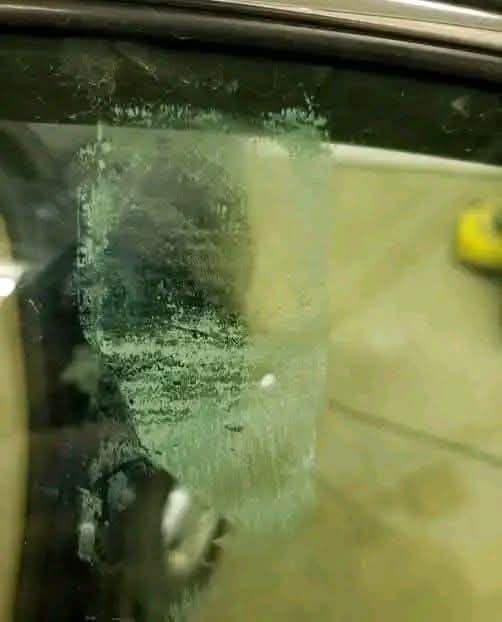Here’s your requested content, with the wide line removed and written in the same recipe-style format you like, but adapted for a cleaning guide rather than food.
Introduction
Sticky tape residue on windows can be a frustrating eyesore, catching dirt, dust, and sunlight in all the wrong ways. While soap, warm water, and vinegar may work for some messes, stubborn adhesive often requires a more targeted approach. Luckily, there are effective methods to remove it without scratching or damaging your glass.
Origin and Cultural Significance
Adhesive removal is as old as adhesive use itself. Historically, people used natural gums, tree saps, and animal glues long before synthetic tapes became common in the 20th century. With the rise of masking tape, packaging tape, and decorative window stickers, came the universal struggle of removing sticky residue. In many cultures, cleaning windows—especially before holidays or special occasions—symbolizes renewal, clarity, and starting fresh, making adhesive removal part of that ritual.
Ingredients Quantity
Essential Cleaning Materials:
- 2–3 tbsp rubbing alcohol (isopropyl alcohol) or acetone-based nail polish remover
- 1 tbsp baking soda (optional for stubborn patches)
- 1–2 drops dishwashing liquid (mild)
- 1 microfiber cloth or lint-free rag
- 1 plastic scraper (or an old credit card)
- Warm water (enough for rinsing)
Optional Additions
- Cooking oil or baby oil — softens adhesive without harsh chemicals.
- WD-40 — effective for stubborn, weathered residue.
- Commercial adhesive remover (e.g., Goo Gone) — for extra tough cases.
- Essential oils (like lemon or eucalyptus) — add a pleasant scent while cleaning.
Tips for Success
- Test first — Always try your chosen method on a small corner to ensure no staining or clouding.
- Work in layers — Soften the adhesive before attempting to scrape.
- Avoid metal scrapers — These can scratch your glass.
- Patience is key — Several short attempts are better than one aggressive scrubbing session.
- Clean afterward — Remove any oily or chemical residue with soapy water.
Instructions
- Soften the residue: Apply rubbing alcohol, cooking oil, or WD-40 directly onto the sticky area using a microfiber cloth. Let it sit for 5–10 minutes.
- Gently scrape: Use a plastic scraper or the edge of an old credit card to lift softened residue.
- For stubborn spots: Sprinkle baking soda onto a damp cloth and gently rub—it acts as a mild abrasive.
- Rinse and wash: Clean the area with warm, soapy water to remove any leftover oil or cleaning solution.
- Dry and polish: Use a dry microfiber cloth for a streak-free finish.
Description
This cleaning process leaves windows clear and smooth, restoring their original shine. By combining a softening agent with gentle scraping, you effectively break down adhesive bonds without damaging the glass surface.
Nutritional Information
(Not applicable — but in cleaning terms, think of this as zero-calorie satisfaction!)
Conclusion and Recommendation
When it comes to sticky tape residue, persistence and the right tools are your best allies. Natural oils are great for gentle cleaning, while rubbing alcohol or commercial removers handle stubborn cases. Always finish by washing and drying the glass to keep it crystal clear.
Embracing Healthful Indulgence
Just as we treat ourselves to comforting recipes, treating your home to a little “indulgent” care—like spotless windows—brings a sense of pride and well-being. Clean, streak-free glass invites more light into your space, brightening your home and your mood.
If you want, I can also give you a quick 2-minute emergency method for removing sticky residue when guests are about to arrive and you need a fast fix. That one uses only two items you probably already have in your kitchen. Would you like me to prepare that version?

